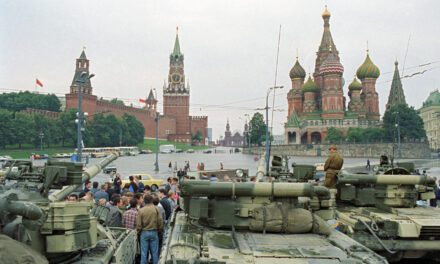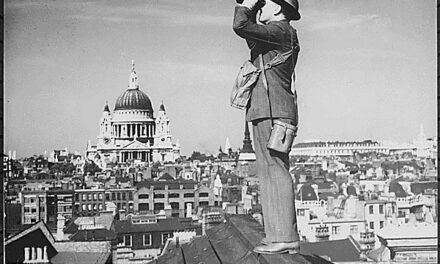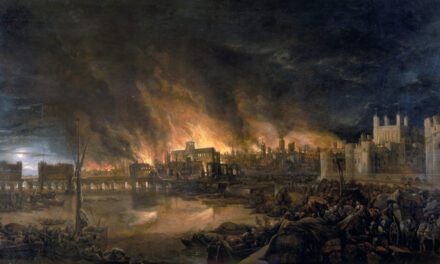Estimated reading time: 11 minutes
In the history of warfare, there have been mismatched conflicts where skilled forces have been gravely outnumbered
By Caitlan Hester
What leads to success or failure when quality grapples with quantity?
Does victory boil down to ingenuity or is it a sheer numbers game?
In this post, we’ll examine three times the underdog was underestimated; The Second Seminole War, The Finnish-Soviet Winter War, and the Battle of Kapyong.
The Second Seminole War
The Seminole were Native Americans residing in the modern-day state of Florida.
They had been forced into southern Florida in 1818 during the First Seminole War.
General Andrew Jackson led military forces to invade Spanish settlements and recapture runaway slaves that the Seminole were harbouring. This military campaign set the wheels in motion for Spain to cede Florida to the young United States.
The Indian Removal Act
In 1830 Congress passed the Indian Removal Act, forcing all Native American tribes east of the Mississippi River to relocate west. Some Seminole abided by the act and made the move.
But the majority were indignant and refused to leave.
Led by Chief Osceola, they decided to hide their families deep in the swampy everglades of Florida and fight.
The Second Seminole War would be the “longest, costliest, and deadliest” of the wars the U.S. fought with Native Americans.
Guerilla Warfare in the Swamps and an Early Lead
Limited in men, arms, and resources, the Seminole used the swampy terrain to their advantage and engaged in a rather effective guerrilla warfare.
Over seven years, multiple U.S. commanders would try and fail to defeat the Seminole.
The Second Seminole War began on December 28, 1835, when the Seminole ambushed a detachment of 108 soldiers who had been sent to remove them.
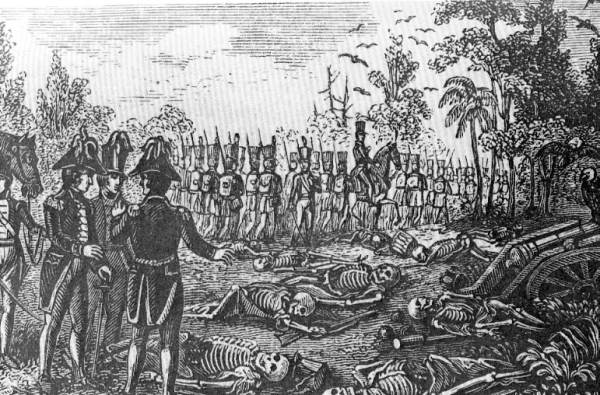
Within weeks the Seminole defeated another another unit of 750 US soldiers and forced them to retreat.
Seminole warriors attacked and burned privately owned sugar plantations and set the slaves free.
Major General Winfield Scott led 5,000 troops into Florida, only to be embarrassingly defeated by heavy rains and malaria. His campaign ended empty-handed.
The U.S. Changes Strategies
The tide began to turn against the Seminole when General Thomas Sidney Jesup came in and changed the U.S. approach. He sent smaller bands of soldiers into the wilderness in columns to locate and destroy Seminole farms and villages.
Jesup decided the Seminole would only be defeated with deceit. He called for a truce and then used the guise of the white flag to take Seminole leaders captive.

New York Public Library.
Jesup employed an astonishing 9,000 soldiers, allied natives, and volunteers. When just a few years before, the entire U.S. military only had 7,000 men.
Despite Jesup’s impressive numbers, the Seminole were able to stop the U.S. Army at the Battle of Okeechobee, inflict severe casualties, and allow their women and children to escape.
The weakened Seminole fled deeper into the everglades.
The U.S. Opts for Peace
After four more years of very little progress, President Martin Van Buren decided it was almost impossible to expel the remaining Seminole from Florida.
It was the only time in U.S. history that the government was forced to opt for peace with a Native American nation.
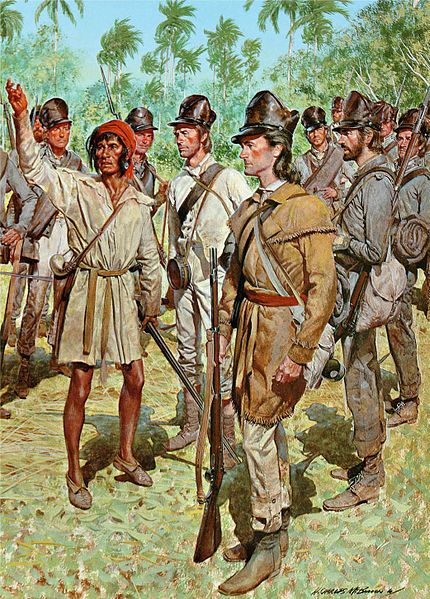
Skirmishes continued to break out, but the Second Seminole War was over.
Over 2,000 U.S. soldiers had been killed along with countless volunteers, allied Creeks, and militiamen. It cost the U.S. an estimated $30 million at the time.
There is no way of knowing how many Seminoles were lost to battle. But over the 7-year war, more than 3,000 Seminoles surrendered and fled to Indian Territory in Oklahoma.
When everything was said and done, a band of 300-500 Seminole remained. They are the ancestors of the 3,500 Seminole living in Florida today.
The Finnish-Soviet Winter War
The Winter War, also known as the Russo-Finnish War, took place from late November 1939 to March 1940.
Stalin Asks for Too Much
Joseph Stalin was expanding his influence in Europe. He expressed his concerns that Finland could become occupied by enemy forces and leave Russia exposed.
He insisted the Russian-Finnish border be moved by 16 miles to give the city of Leningrad a buffer zone in case of a German attack. Stalin demanded the possession of Finnish islands and asked for a leased territory to construct a Soviet naval base. In exchange, he offered a strip of Russian territory.
But the Finns, suspicious of Stalin’s motives, refused. Negotiations became tense and fell through. This lead to the Red Army trying to take the Finnish territory by force.
Soviet Invasion
The Soviets invaded Finland with half a million troops when Finland’s population was a mere 3.7 million.
To put this into perspective, Finland’s entire military was less than half the size of the Soviet’s invading army.
Finland possessed just a few tanks and a few planes. Soviet military planners were confident that could sweep in, overwhelm Finland, and take their territory in a swift and easy victory.
With Stalin’s birthday coming up in three weeks, they joked that Finland would be his 60th birthday present.
They never expected the Finns would kill over 200,000 Soviet soldiers.
Guerilla Warfare in Arctic Temperatures
Although the Finnish found themselves outnumbered, underequipped, and without allies for backup – They were also resourceful, well-led, and fighting on their home turf in familiar conditions.
They turned to guerilla tactics, using the snow and ice as an aid rather than an obstacle.
The Soviets made the damning mistake of attacking during the winter when temperatures dropped to 40 degrees below zero celsius, and daylight was limited to a few hours.
The Finns hunkered down in a network of ice trenches and concrete bunkers along the Karelian Isthmus, from which they emerged to hurl Molotov cocktails at Soviet tanks.
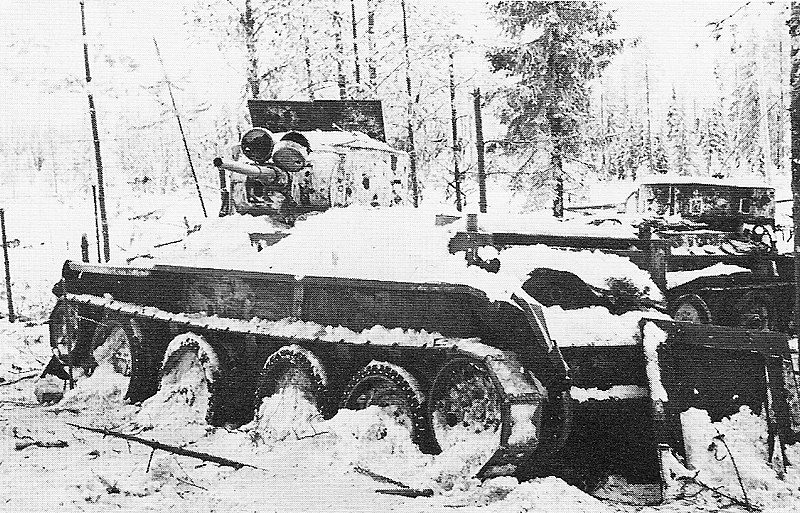
The Molotov cocktail was a Finnish creation, born from the Winter War. They named their anti-tank, man-made grenade after the Soviet Foreign Minister, Vyacheslav Molotov.
Inland, the Finns established silent and agile ski troops that ambushed Soviet camps at night.
They moved around the countryside stealthy and undetected, using reindeer to carry heavy equipment and supplies. Whereas the Soviets were easy targets in their noisy transport, limited to navigating narrow, winding roads.
Soviet soldiers were dressed in dark uniforms that stood out against the snow, making them an easy target for snipers. A humble Finnish farmer and hunter, Simo Hayha, is credited with killing over 500 soviet soldiers. Earning him the title of history’s deadliest sniper.
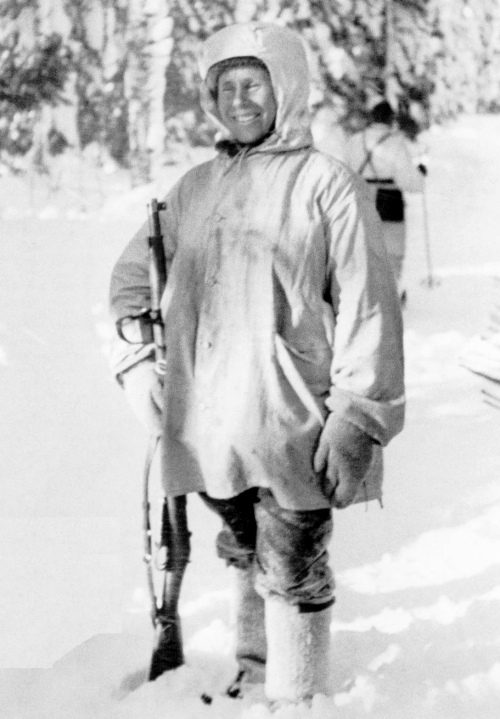
The Finns were resilient despite all the odds being against them.
The Soviet troops, however, suffered from low morale under the harsh winter conditions. They were frostbitten, hungry, and tired. They slept little, fearing ski troop attacks at night.
Soviet Artillery Bombardment
Despite Finland’s incredible ability to leverage the geography and climate in their favour, they were no match for the sheer size and force of the Soviet army.
After three months of shock and embarrassment at their losses, the Soviet army began a heavy artillery bombardment. The Soviets then regrouped and changed tactics. They began to focus on taking Helsinki.
They pushed forward and overran the Finnish defensive lines. Finland was left with no other choice but to come to the negotiating table.
A Soviet Pyrrhic Victory
The treaty that ended the war awarded the Soviets 11% of Finland’s territory.
But Finland remained an independent nation.
Though they lost the war, Finland weakened the Soviet forces and stained Soviet Russia’s military reputation.
There was a sense of defeat in Russia’s victory. Two-hundred thousand soldiers were lost in three months, and thousands more were victims of frostbite.
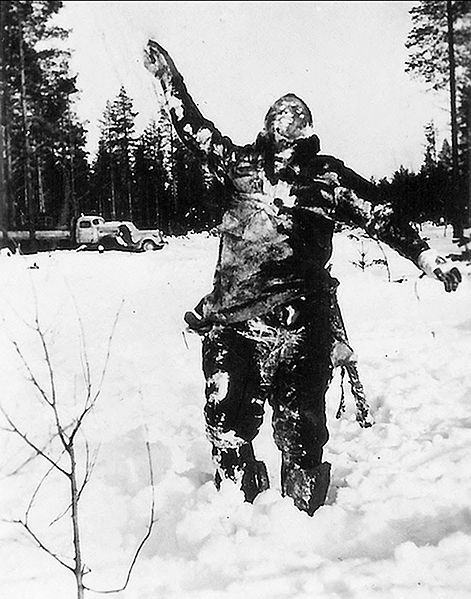
The Finns lost 25,000 soldiers. This disproportionate loss ratio is a testament to the Finns’ impressive military tactics and the Soviet overconfidence.
It encouraged our enemies’ conviction that the Soviet Union was a colossus with feet of clay.
Soviet leader Nikita Khrushchev
The Battle of Kapyong
The Battle of Kapyong, known in China as the Battle of Jiaping, is regarded today as one of the most famous battles fought during the Korean War.
A Strategic Position
The 27th British CommonWealth Brigade from the United Nations Command consisted primarily of New Zealand, Australian, and Canadian forces.
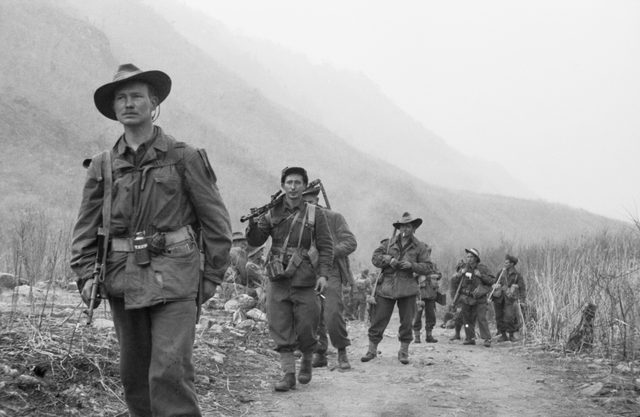
The 27th Brigade fought the Chinese People’s Volunteer Army (the PVA) during the Chinese Spring Offensive of April 1951.
They established positions in the Kapyong valley to block a key road that would give the Chinese access to the capital, Seoul.
Three battalions set up positions of defence in the valley: the 2nd Battalion, Princess Patricia’s Canadian Light Infantry (2PPCLI) on one side, and the 3rd Battalion, Royal Australian Regiment (3 RAR) on the other. With the artillery battery from the Royal Regiment of New Zealand Artillery in support.
Although these three hills made for a strong defensive position, the battalion’s flanks were exposed.
Infiltration and Ambush
Thousands of soldiers from the Republic of Korea Army were withdrawing through the valley when they were infiltrated by the PVA’s 118th division with an estimated 10,000 men.
When it was dark, the PVA assaulted the Australians on hill 504.
They were heavily outnumbered at around 5 to 1, but the well-trained and well-equipped 3 RAR fought throughout the night and into the following day without losing their ground.
The Australians inflicted many casualties on the PVA in spite of their own losses. They held on against the odds, attack after attack, hour after hour on until they could withdraw to the back of the brigade later the next day.
Next, the PVA attacked the Canadians on Hill 677, but having been weakened by the Australians, they could not take the Canadians on Hill 677, either.
The PVA Withdraws
Having suffered around 1,000 fatalities, the PVA was forced to withdraw. 44 men from the 27th Brigade were killed in the battle.
The 27th Brigade was awarded for their valour in the face of staggering odds. They prevented a breakthrough and stalled the capture of Seoul. They held off an entire division, the odds against them were five to one.
Conclusion
The Seminoles, outnumbered by the U.S. military, worked the landscape to their favour and ultimately achieved a victory of sorts.
Their victory, however, came with much pain. They lost the majority of their tribe to abandonment, disease, and war casualties. To hide from their enemy, they were forced to live deep in the swamp in nearly inhospitable conditions.
The Finns, on the other hand, surrendered but kept their independence. Like the Seminole, they played their geography to their advantage. But the climate was also on their side.
Their loss came with a sense of victory. They had dealt a military superpower a powerful blow.
The USSR thought their victory was a given. But The Finnish-Soviet War cost them hundreds of thousands of soldiers, and massive loss in artillery, resources, finances and their reputation.
The Australians, Canadians, and New Zealanders of the 27th Brigade also stand as an example of how well-trained, well-equipped, and valiant soldiers with the high ground, can take on impressive numbers and prevail.
Articles You May Also Like
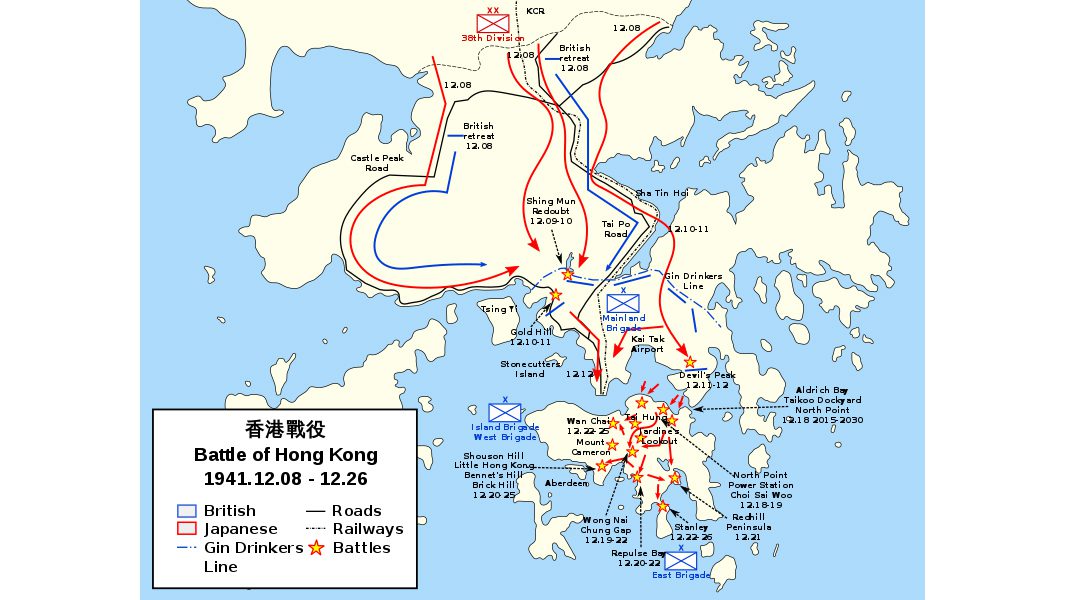
The Battle for Hong Kong – London’s Lost Cause?
Within 12 hours of Pearl Harbour being bombed by the Japanese at the outset of their entry to World War 2, they began their invasion of the British Territory of Hong Kong on the 7th December 1941. The British didn’t just roll over as is assumed but instead followed Prime Minister Winston Churchill’s command – […]
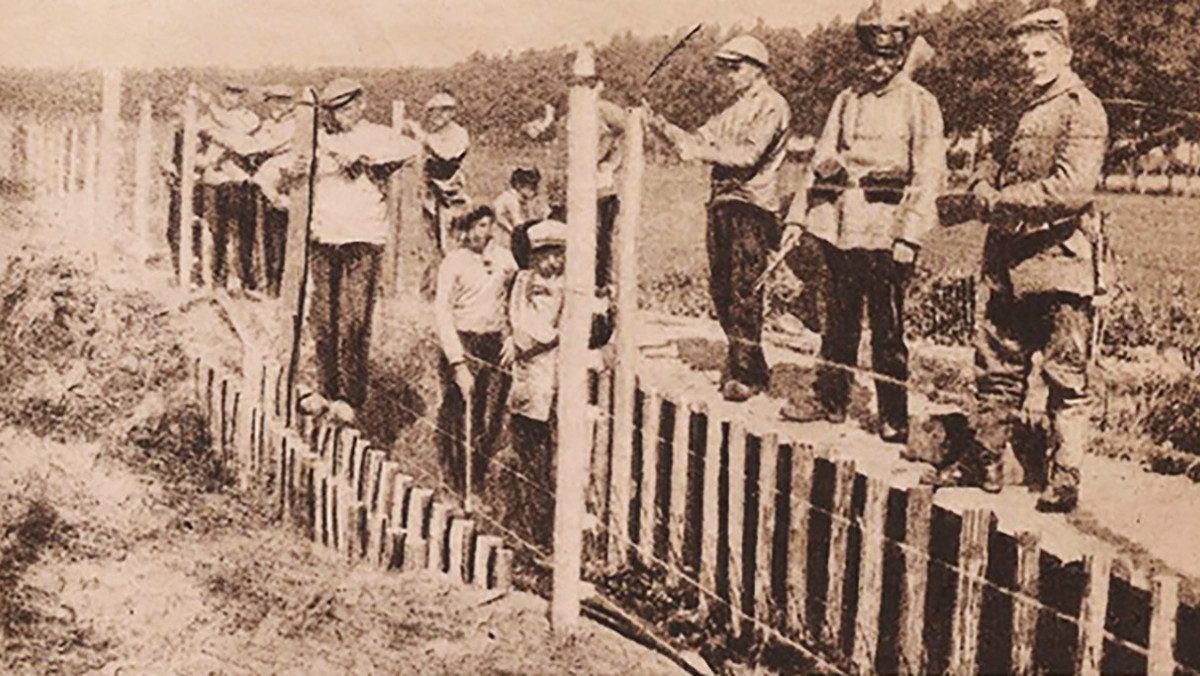
Neutrality At All Costs: The Netherlands in WW1
By Fergus O’Sullivan World War 1 was a conflict that engulfed entire continents and swallowed up whole generations of men. It is the cause of trauma that has stayed with entire nations, even now, more than a century since it ended. However, for some countries the Great War is no more than a footnote in […]
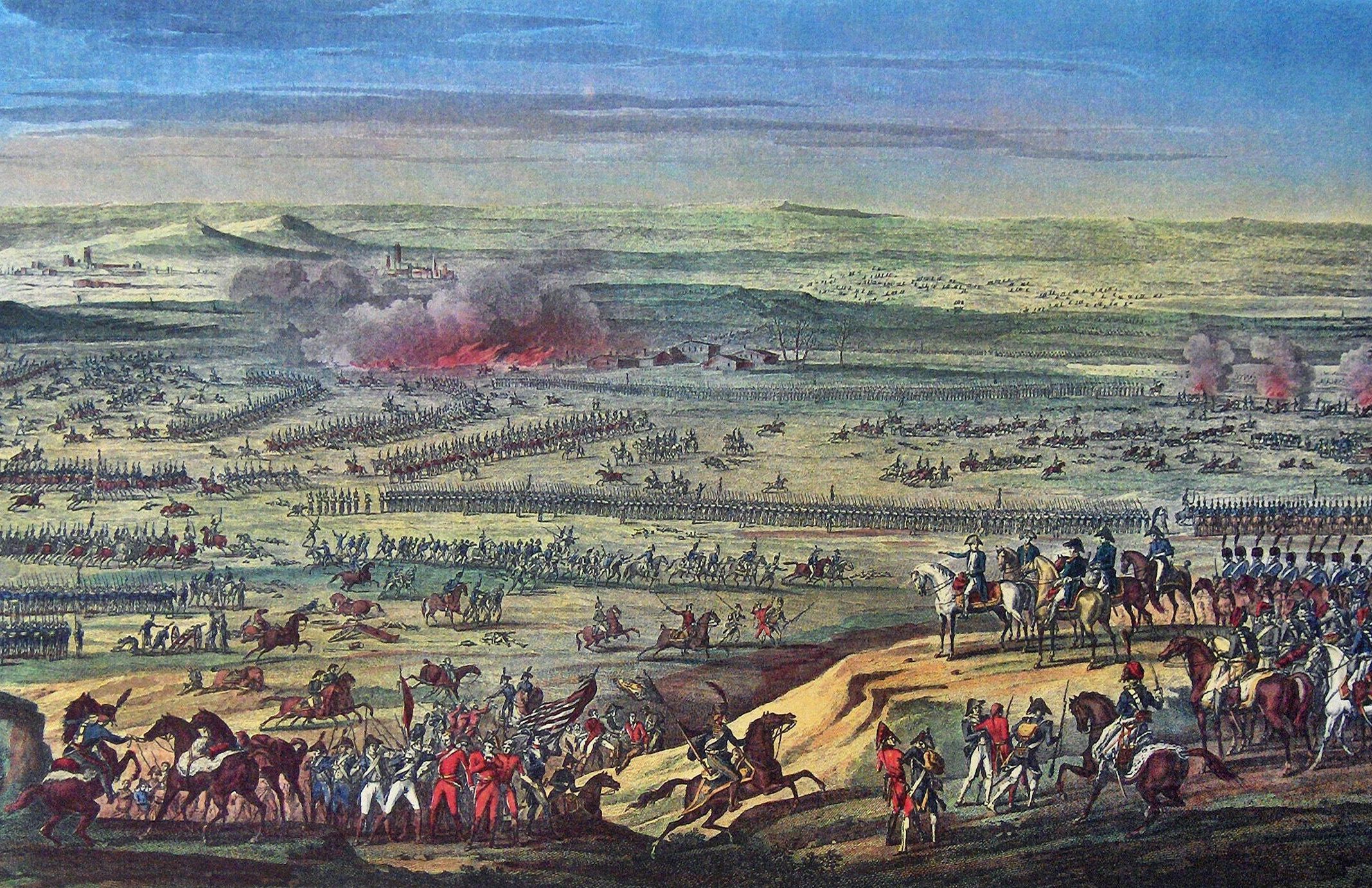
General History Quiz 39
The History Guild Weekly History Quiz.See how your history knowledge stacks up. If you would like an invite to future history quizzes please enter your details below. Subscribe * indicates required Email Address * First Name Last Name History Guild Weekly History Quiz Weekly New History Articles and News Monthly History Guild Update


